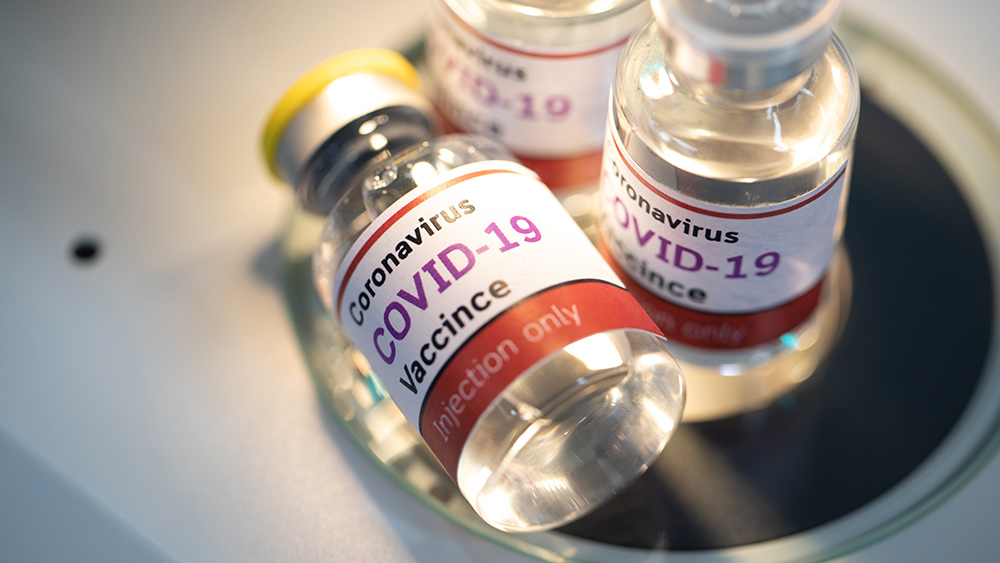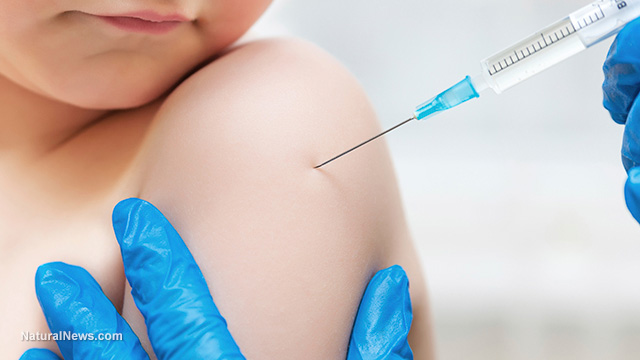Mumps outbreak takes hold of WA city, as number infected rises to 80
02/02/2017 / By David Gutierrez

Unvaccinated children and teachers have been told to stay home from school in Spokane, Washington, as the number of children diagnosed with mumps continues to grow.
Yet two-thirds of the infected children were fully vaccinated as recommended by the Centers for Disease Control and Prevention (CDC). And this is not an uncommon occurrence; the vast majority of patients in all recent mumps outbreaks had also been vaccinated.
The number of mumps cases in Spokane has reached at least 80, while the number in Spokane County is at least 100. The outbreak is clustered among school-aged children, with cases reported at 20 schools in four districts.
Statewide, more than 300 mumps cases have been reported to the State Department of Health. Other than Spokane County, the majority have occurred in King County, which encompasses Seattle.
Most cases in vaccinated children
Mumps is a highly contagious viral disease most well known for producing swollen and tender salivary glands that cause visibly puffy cheeks and jaw. Other common symptoms include muscle pain, fever, headache, loss of appetite and swollen and tender testicles and ovaries.
Complications occur in less than 1 percent of cases, but can include deafness, sterility and brain infection. Complications almost never occur in prepubescent children.
The disease spreads primarily through coughing, sneezing and the sharing of eating utensils. Washington health officials are encouraging people to practice prevention through frequent hand washing with soap and water, and by not sharing food and drinks. They are urging anyone who is exhibiting symptoms of mumps to stay home until five days after the swelling of glands begins.
Symptoms typically develop two weeks after exposure, but the lag can be as long as 25 days.
Public health messaging has also encouraged unvaccinated people to receive the MMR shot, which includes the mumps vaccine. This messaging has, unsurprisingly, failed to emphasize the fact that of those infected in the current Washington outbreak, two-thirds had already received the two recommended doses of MMR.
Researchers have long known that the mumps vaccine has a relatively high rate of vaccine failure. A single dose protects about 78 percent of people from being infected with mumps, while a second dose protects an additional 10 percent.
The answer? More vaccines!
In addition to its relatively high rate of vaccine failure, the mumps vaccine also tends to wear off over time. This is believed to be the cause of recent mumps outbreaks on college campuses, such as an April 2015 to May 2016 outbreak at the University of Illinois at Urbana-Champaign. In that outbreak, 89 percent of those infected had received the full two doses of MMR.
Failure to impart full immunity and a tendency to wear off over time are both common characteristics of vaccines that are much less common in people who have actually been infected with the virus in question.
During the Illinois outbreak, university officials recommended that students receive a third MMR shot. The CDC is investigating the evidence in support of this strategy and considering recommending a third shot for adolescents. As MMR is among the most controversial of vaccines and one of the most likely to cause unpleasant or serious side effects — particularly among older children or adolescents — such a recommendation would likely stir up a fair amount of opposition.
Vaccine critics question whether an ever-lengthening list of shots actually improves health over the long-term. Results from the German KiGGS study suggest that this is a valid concern. Researchers compared disease rates among unvaccinated and vaccinated children, and found that unvaccinated children had significantly lower rates of disease than the general population, and suffered from less severe forms when they did get sick. They also had one-quarter the rate of autism of that seen in the general population.
Sources for this article include:
Submit a correction >>
Tagged Under:
MMR, Mumps, outbreak, vaccines, Washington
This article may contain statements that reflect the opinion of the author
RECENT NEWS & ARTICLES
Vaccines.News is a fact-based public education website published by Vaccines News Features, LLC.
All content copyright © 2018 by Vaccines News Features, LLC.
Contact Us with Tips or Corrections
All trademarks, registered trademarks and servicemarks mentioned on this site are the property of their respective owners.





















